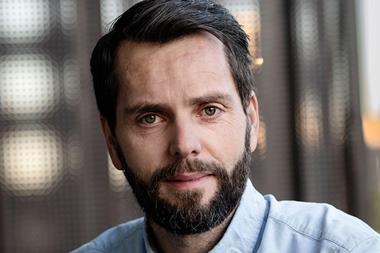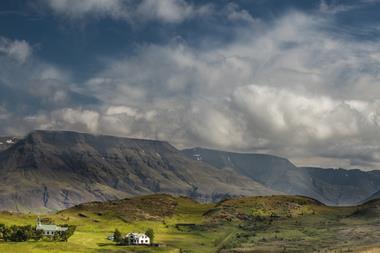New figures from the Icelandic central bank show the rout in international investment markets in the first half – coupled with a stronger krona – have made a big dent in the foreign allocations the country’s pension funds have been striving to expand.
Citing the data from the Central Bank of Iceland’s latest monthly pension fund report, the Icelandic Pension Fund Association (Landssamtök lífeyrissjóða, LL) said: “After very good returns in recent years, the assets of Icelandic pension funds have shrunk in the first half of 2022 and were ISK6.39trn (€45.51bn) at the end of June compared to ISK6.75trn at the end of 2021.”
Between January and June this year, the lobby group said, collective pension fund assets had decreased in value by 5.4%.
“Domestic assets have remained more or less the same during the period and are around ISK4.31trn, while foreign assets have decreased by over 14% and stand at around ISK2.07trn,” it said.
The association said the decrease in foreign assets could be attributed to a turnaround in foreign asset markets and to the strengthening of the króna against foreign currencies.
“At the end of 2021, the percentage of foreign assets of pension funds was almost 36%, but has decreased and was just over 32% at the end of June 2022,” LL said.
However, regarding the negative returns suffered so far this year, the association said Icelandic pension funds were long-term investors.
“Short-term changes downgrading asset classes do not affect the funds’ long-term goal, which is to grow fund members’ assets and pay pensions after retirement,” LL said.
Pension funds in Iceland have been working hard over the past few years to build up the proportion of non-domestic investments in their portfolios, recovering from the island’s economic collapse more than a decade ago and the resulting years of capital controls.
Read the digital edition of IPE’s latest magazine























